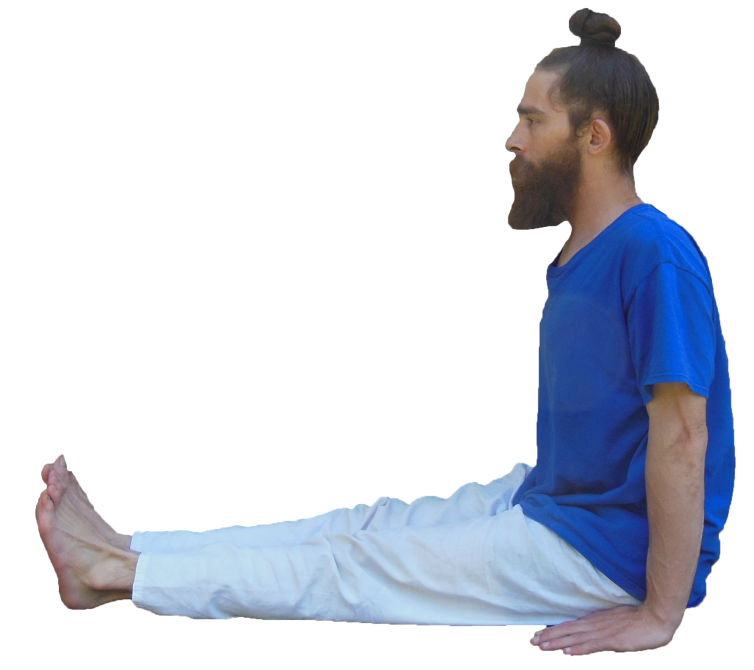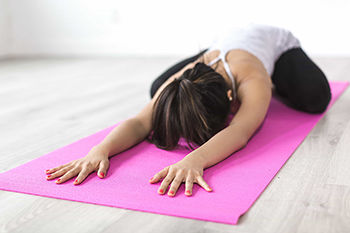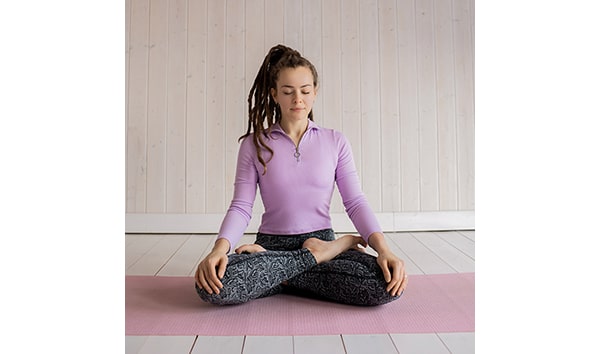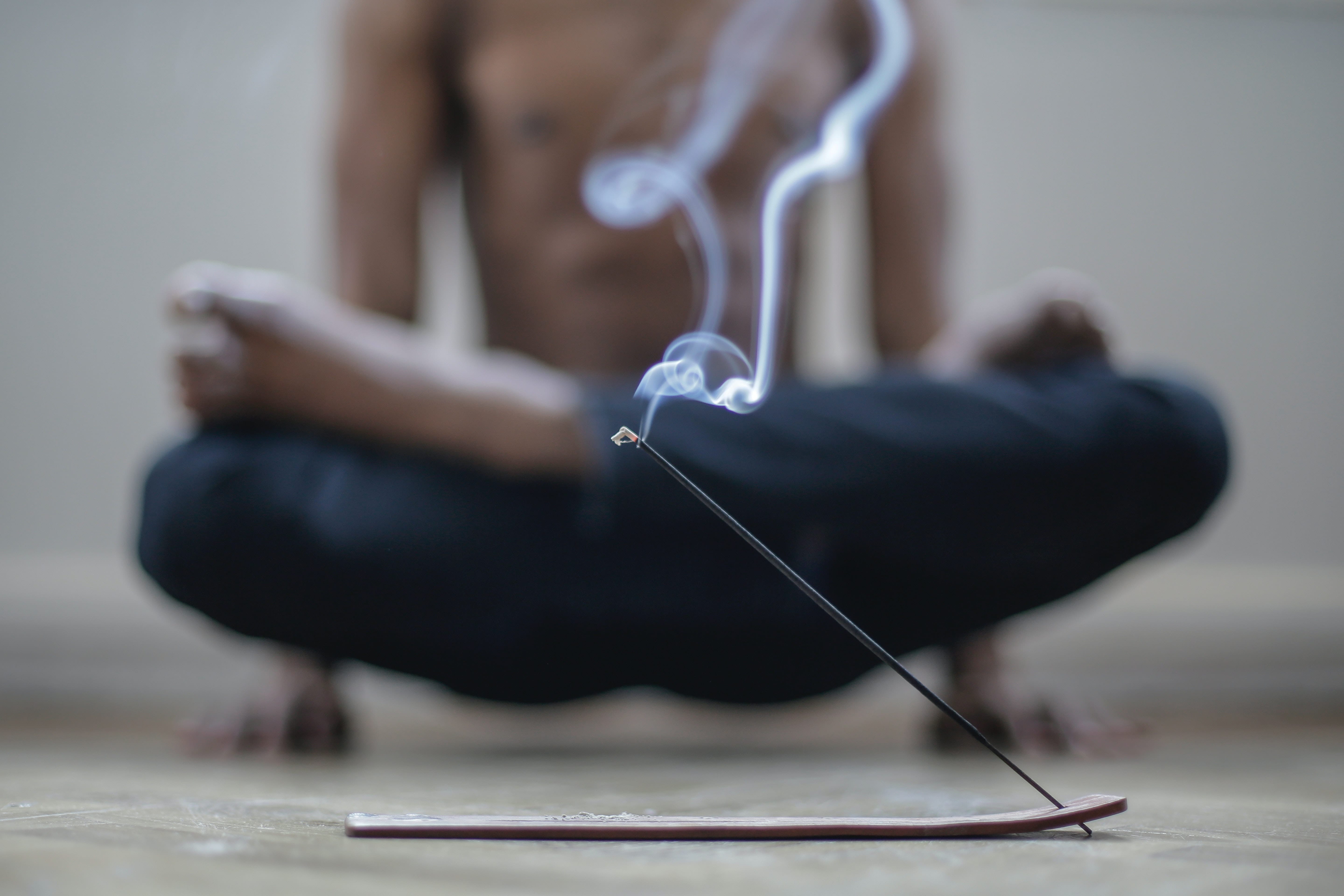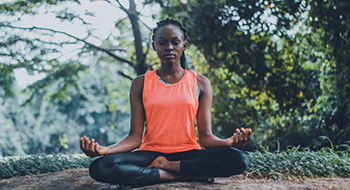In Sanskrit, Danda means "staff" or "stick" and Asana means "pose" or "seat." This Asana translates to Staff Pose.
This Asana is referred to as Dandasana because a staff resembles the spine and the path of the energy of Self Awakening. In India a staff is carried by those who have achieved the title of Swami Danda.
This Asana requires the practitioner to keep there awareness on the body in order to hold the pose correctly, allowing the practitioner to become mindful on the practice being preformed. This pose encourages correct posture, which supports the flow of Prana meaning "life force energy" throughout the body.
While preforming this pose the torso is up right and in proper alignment while the shoulders are back and down. This opens the chest and allows for deeper breathing which calms the nervous system. This pose prepares the mind and body for other seated poses, making this a good preparatory pose.
